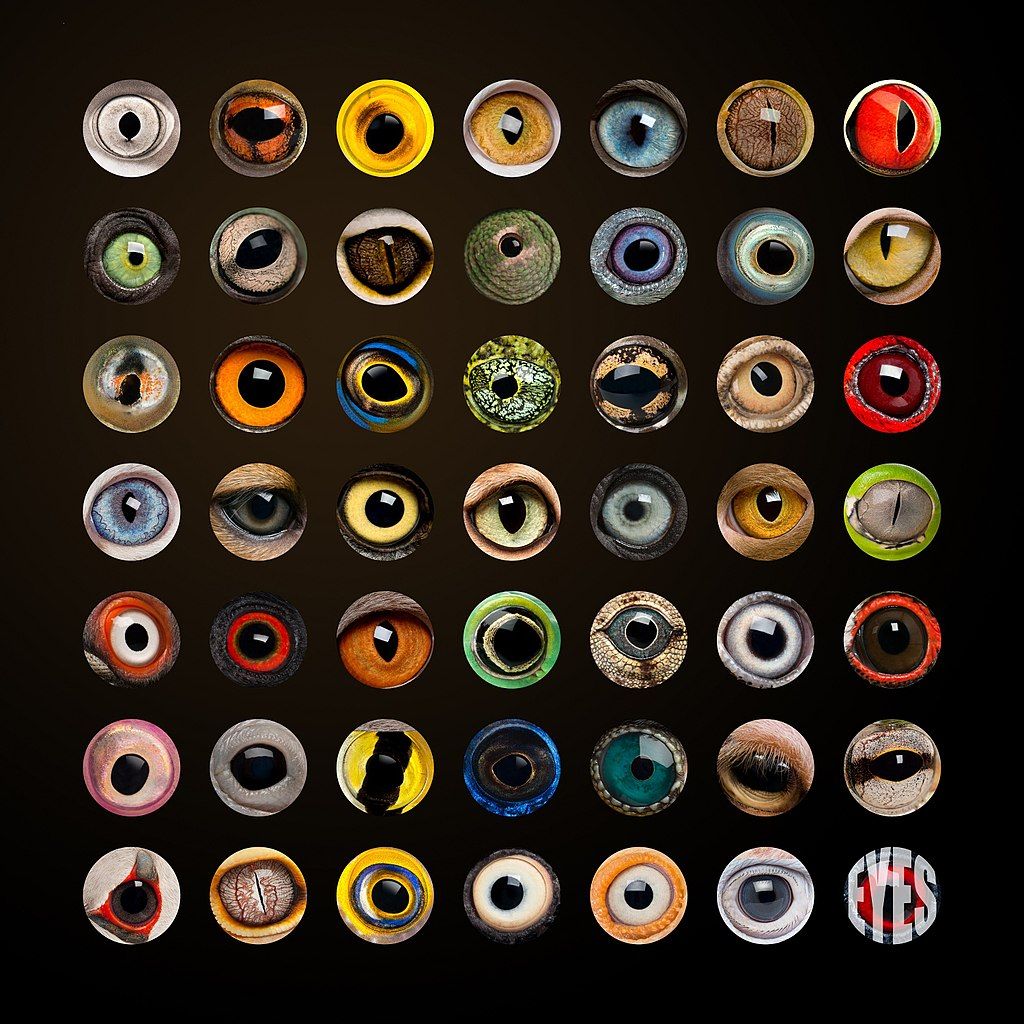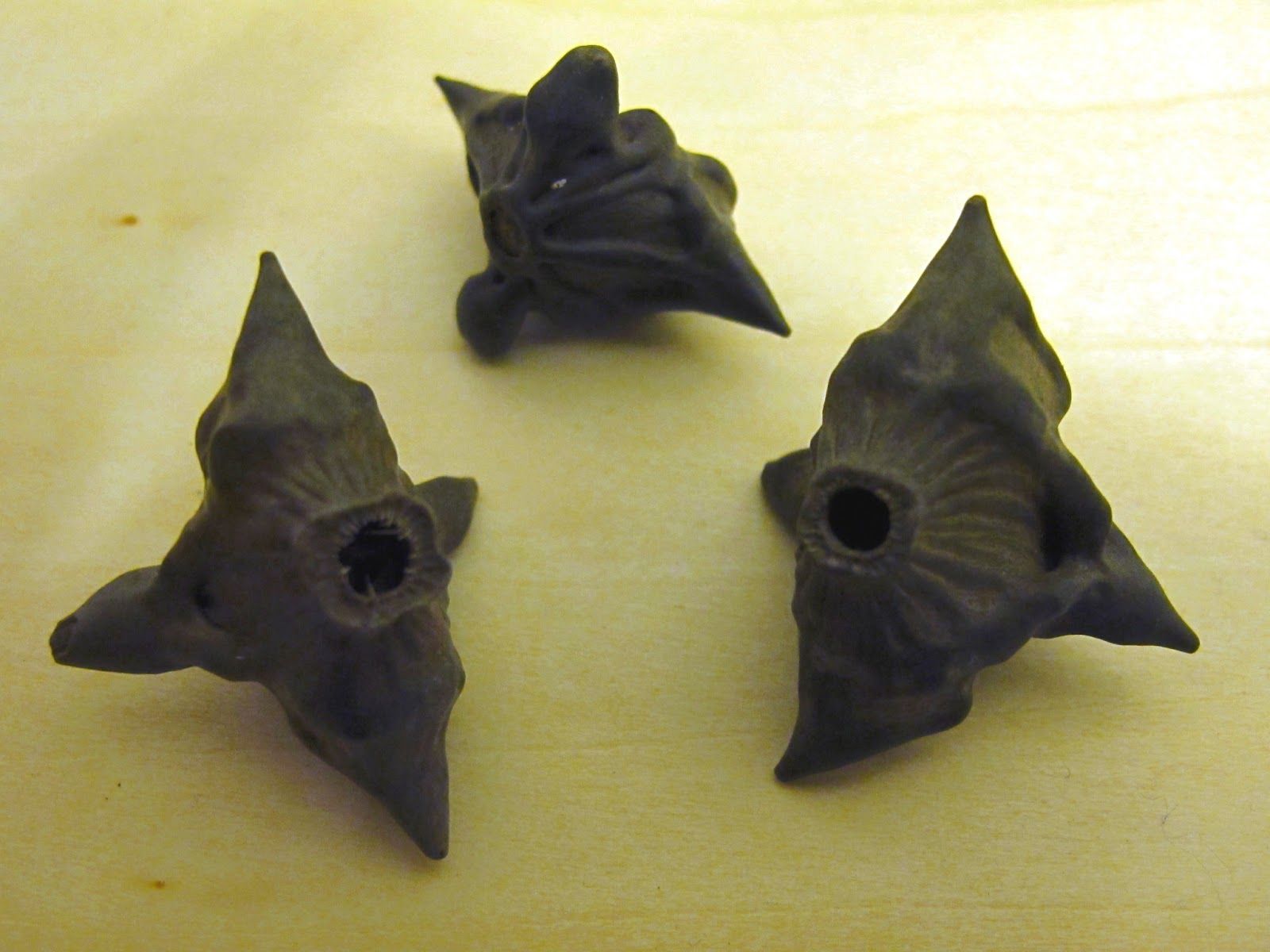As before, I’m approximating some modern slush posting.
Recovered: 2013 Slush
 Image by Wanderlust2003, CC-BY-SA 4.0, via Wikimedia Commons.
Image by Wanderlust2003, CC-BY-SA 4.0, via Wikimedia Commons.
Hobo Treasures
Gus at Dungeon of Signs has made a table of hobo treasures. A while ago, I was part of an effort to clean up the shores of the Merrimack river, and here is a list of less exciting treasures inspired by that expedition (roll 1d20).
- Flat piece of slate. Cannot be erased by standard means.
- Evacuated turtle shell—some hobo’s dinner.
- Explicit letter in a bottle. The contents are nonsensical and offensive, and any further found will all be exactly the same.
- Strange seed pods. Hundreds.
- Melted children’s toy. Ours was a headless plastic dinosaur.
- Monkey wrench, rusted solid.
- Small cache of lighters. Roll 2d12: the higher is the number of lighters, the lower is the number that still have a bit left.
- Large stack of moldy pornographic magazines.
- Newspapers. Roll 2d20: the higher is the age in years of the oldest paper found.
- Blankets, cardboard boxes.
- Beer cans and wine bottles. There is never any left.
- Tiny circular filters, ~0.5” diameter. Hundreds washed up on shore.
- Planks or other lumber.
- The remains of a fire (daytime). A hobo campfire with 1d4 hobos (nighttime).
- Metal cable strung between two trees, 1d6*10′ in length.
- A refrigerator (if this doesn’t work for the setting, substitute an icebox).
- A little red wagon.
- An old streetcar rail (if this doesn’t work for the setting, substitute a low stone wall).
- Miscellaneous drug paraphernalia (spoons, needles, etc.).
- Skewered rodent skeletons.
 The seed pods, it turns out, were Eurasian water chestnuts, which not only look sinister, but are an invasive species.
The seed pods, it turns out, were Eurasian water chestnuts, which not only look sinister, but are an invasive species.
Celts
The Great Khan is having another contest in March (skipping this month), and the theme will be the Celts. Everything I know about the Celts I learned from Horrible Histories: The Cut-Throat Celts so I’m looking forward to this. The contest itself has not actually started yet, but here are some thoughts I’ve had:
- There is already an implicit Celtic influence in most versions of D&D: the druid and bard classes are historically found in Celtic cultures.
- The Celts made brain-balls by mixing the brains of their fallen enemies with lime. These were carried around as trophies but it was believed that they could still take vengeance on their owner.
- Celts were big into curses.
- Celtic saints were not necessarily nice people, which is convenient for the D&D cleric archetype. They also tended to do things after their death.
Misc.
- An impromptu mechanic I was proud of: you have a keyring. Each round, you try a key. Roll 1d12: on a 1, it fits. Next round, on a 1-2 it fits. The round after on a 1-3, and so on.
- A pop-o-matic should be a very fair way of rolling dice. If it isn’t though, it might be modeled best as a Markov process.
- I’ve been playing Bang! with some people. Our group tends to be small though, so that any weapon will do just as good as another. To fix this, I propose that people can only fire in one direction, like an M. C. Escher staircase.
- Mr. Sivaranjan comments that it’s about a 50% probability to roll under a random ability score. I had thought it would be exactly 50% to roll under an ability score (inclusive), but AnyDice says 52.5%. I’ll have to figure that one out when I’ve got more time. Unsurprisingly, the distribution of wild talents follows an inverse normal curve, shown below.
 The distribution of wild talents according to Ram's scheme.
The distribution of wild talents according to Ram's scheme.